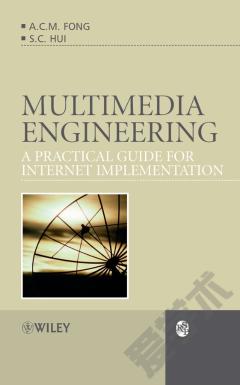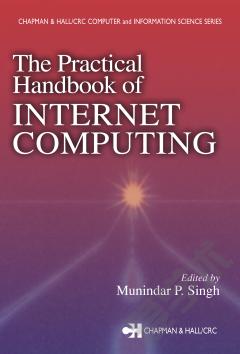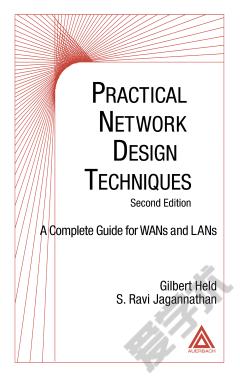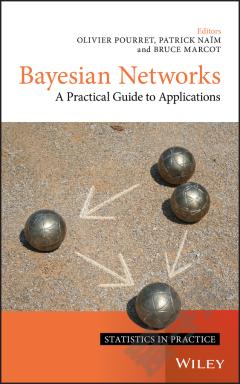Multimedia Engineering —— A Practical Guide for Internet Implementation
----- 多媒体工程: 国际互连网实现实用指南
Chapter 1. The Dawn of a New Age The Information Age. 1. The Information Age and this Book. 2. The internet, World Wide Web and Multimedia. 2.1 The Internet. 2.2 The World Wide Web. 2.3 Multimedia. 3. Organization Chapter 3. The Internet As An Information Repository. 1. Introduction 2. Current Status, Promises and Challenges. 3. Search Engines 3.1 Indexing 13 3.2 Retrieval 3.3 Meta Search Engines 3.4 Non-Technical Limitations of Search Engine 4. Personalized Monitoring Services Current Web Monitoring Systems 4.2 An Alternative Web Monitoring Model 4.3 The Web Information Monitoring System (WIM) 5. Storage and Retrieval of Visual Data. 5.1 Images 5.2 Videos 6. Case Study: Discovery/Monitoring of Web Publications. 6.1 Discovery of Web Scientific Publications 6.2 Monitoring of Scientific Publications 7. Further Advancements. 7.1 Semantic Web 7.2 Human-Centric Query Processing 7.3 Intelligent Agents Chapter 3. The Internet As A Communications Medium. 1. Introduction 2. Internet Communication Protocols 2.1 Transmission Control Protocol (TCP) 2.2 User Datagram Protocol (UDP) 2.3 Real-time Transport Protocol (RTP) 2.4 Hypertext Transport Protocol (HTTP) 2.5 Real-Time Streaming Protocol (RTSP) 2.6 Illustration 3. Electronic Mail 3.1 Email Protocols 3.2 Email Systems 4 Online Presence Notification and Instant Messaging. 4.1 Current Online Presence Notification Approaches 4.2 Instant Messaging Systems 4.3 The Online Presence Notification Protocol 4.4 Online Presence Notification System 5. Internet Telephony. 5.1 Overview of an Internet Telephony System 5.2 Using Java for Platform Independence 5.3 Internet Java Phone 5.4 Performance Comparison 6. Video Data Transmission. 6.1 Video Streaming 6.2 Quality of Service Issues 6.3 Application-layer QoS Control 6.4 Adaptive Transmission and Recovery Mechanism 7. Desktop Videoconferencing 7.1 The ITU H.3xx Standards 7.2 Session Initiation Protocol (SIP) 8. Unified Messaging. 8.1 Personal Communicator 8.2 Real-Time Communication Services Chapter 4. Internet Security. 1. Introduction 2. Internet Security An Overview 2.1 Web Server Related Security 2.2 Software Security 3 Practical Approaches. 3.1 Access Security 3.2 Transfer Security 3.3 Cryptography 3.4 Commercial Solutions 4 Security for Java An Internet Java Phone Example. 4.1 Java Security Architecture 4.2 Applet Security Restrictions 4.3 Overcoming Security Restrictions 5 Biometrics for Identity Authentication Multi-view Facial Analysis. 5.1 The Need for an Effective Distance Measure 5.2 The Significance-Based Multi-View Hausdorff Distance 5.3 An Experimental System 5.4 System Performance Chapter 5. Internet Privacy. 1. Introduction 2 Web Content Filtering Methods and Tools A Survey 2.1 Current Methods 2.2 Current Systems Performance Analysis 3 An Effective Web Content Filtering System 3.1 Analysis of the Target Web Pages 3.2 System Implementation 3.3 Performance Analysis Chapter 6. Commercial And Industrial Applications. 1. Introduction 2. Virtual Electronic Trading For B2b E-Commerce. 2.1 Survey of b2b E-commerce Systems 2.2 The VET system 3. Web-based Customer Technical Support 3.1 Customer Service Database 3.2 Data mining for Machine Fault Diagnosis 3.3 Machine Fault Diagnosis over the WWW 3.4 Performance Evaluation 4. Knowledge Discovery for Managerial Decisions 4.1 Seven-Step Process for Knowledge Discovery 4.2 Establish Mining Goals 4.3 Select Data 4.4 Preprocess Data 4.5 Transform Data 4.6 Store Data 4.7 Mine Data 4.8 Evaluate Mining Results 5. Web-based Intelligent Surveillance System 5.1 Design Objectives and Related Systems 5.2 System Overview and Major Components 5.3 Monitoring Process 5.4 Technical Challenges and Solutions Chapter 7. (by G. Y. Hong) Implementing and Delivering Internet and Multimedia Projects. 1. Introduction 2. Process Modeling and Lifecycle 2.1 Waterfall Model 2.2 Spiral Model 2.3 Prototyping Model 2.4 Incremental and Iterative Development 3. Project Planning and Management 3.1 Identify Your Business Objectives and Target Audience 3.2 Analyse the Requirements and Build Domain Knowledge 3.3 Document Your Project Plan 3.4 Build the Development Team 3.5 Review Your Current Standards and Procedures 3.6 Identify Project Sponsors and Business Partners 3.7 Adopt Just-in-Time Training Approach 3.8 Track the Progress 3.9 Sales and Marketing 4. Design, Implementation and Testing. 4.1 Designing User Interface 4.2 Designing the Database 4.3 Getting User Feedback 4.4 Security 4.5 Reliability Growth Testing 4.6 Enabling Tools and Technologies 5. Measurements 5.1 Identifying Metrics: Goal Question Measurement (GQM) Approach 5.2 Software Metrics 5.3 Continuous Improvement 6. Conclusion Chapter 8. (by B. Fong) From E-Commerce to M-Commerce. 1. Electronic Commerce. 2. Going Mobile 3. Marketing and Mobility. 4. Providing Reliable M-commerce Service is Challenging. 4.1 Security 4.2 Reliability 4.3 Effects of Rain 4.4 Modulation Schemes 5 Chapter Summary. Appendix A. Popular Colour Models. Appendix B. Glossary. Index.
{{comment.content}}








 京公网安备 11010802027623号
京公网安备 11010802027623号